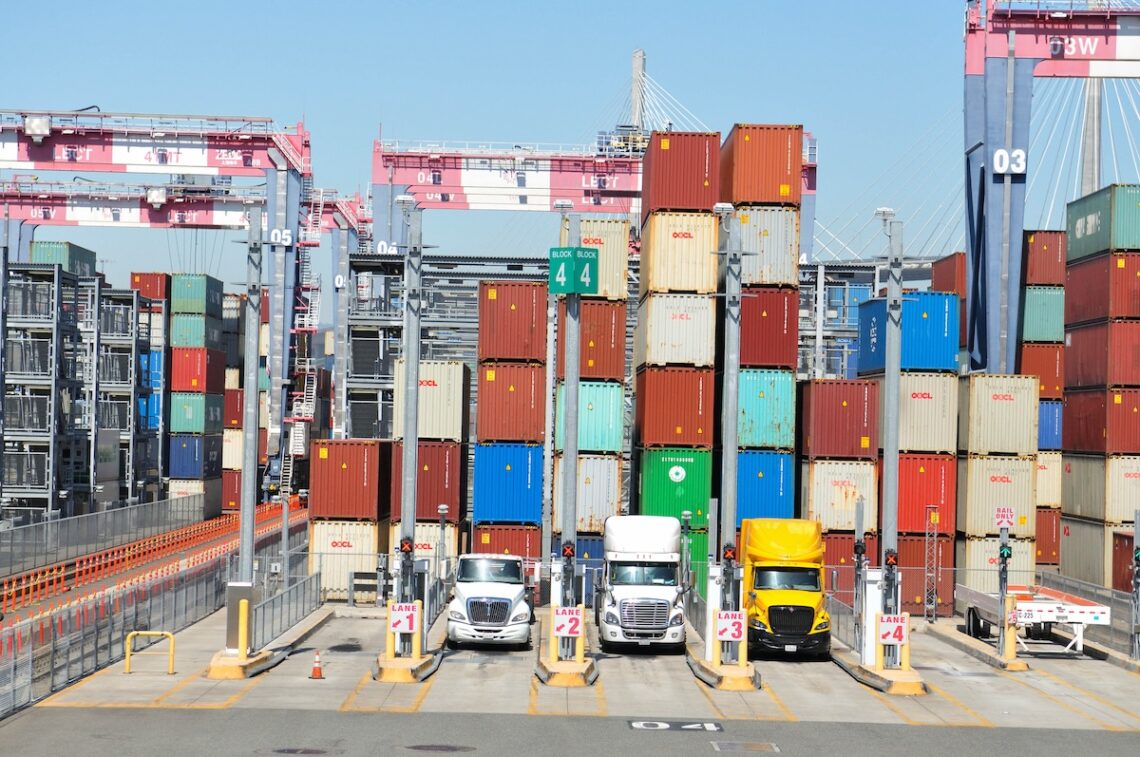After starting off the last year contending with a huge downward swing in cargo volumes, the Port of Los Angeles and Port of Long Beach each closed out 2023 strong and with reason for optimism moving forward.
With the days of sky-high imports and dozens of ships queued up on the horizon gone – largely thanks to high consumer demand and disposable income during the Covid-19 pandemic – the ports faced a not-unexpected decline in ship activity for essentially the first half of the year.
After looking back at the pandemic-induced bottleneck, “fast-forward to 2023 and we’ve got a downshift in the economy, runaway inflation, high interest rates. America stopped buying big screens and barbecue and apparel,” explained Kevin Turner, an executive managing director with Cushman & Wakefield who studies the ports. “We started going to bars. We started going to games. We started getting on airplanes again. Those things don’t come in container ships. We were just spending in different areas.”
Unfazed, the two neighboring and complementary entities soldiered on with various infrastructure upgrades and long-term planning. And then, the prospect and ratification of a new labor agreement provided the catalyst the ports needed to return to their pre-pandemic trajectory.
“Right now, we’re seeing us gain that market share back and, overall, a confidence boost since that labor agreement was ratified,” said Logan Hood, a research analyst at the downtown office of Chicago-based real estate services firm Jones Lang LaSalle Inc. who studies port activity. “I think a return to normalcy was kind of the theme of the year.”
The numbers
While the ports overall were down in cargo, bear in mind, that’s down – 12.9% for L.A. and 12.2% for Long Beach – when compared to 2022, which included much of the cargo ship logjam. When looking at the total sum of cargo for the San Pedro Bay Port Complex – that is, loaded imports and exports, as well as the empties – last…
Read the full article here







